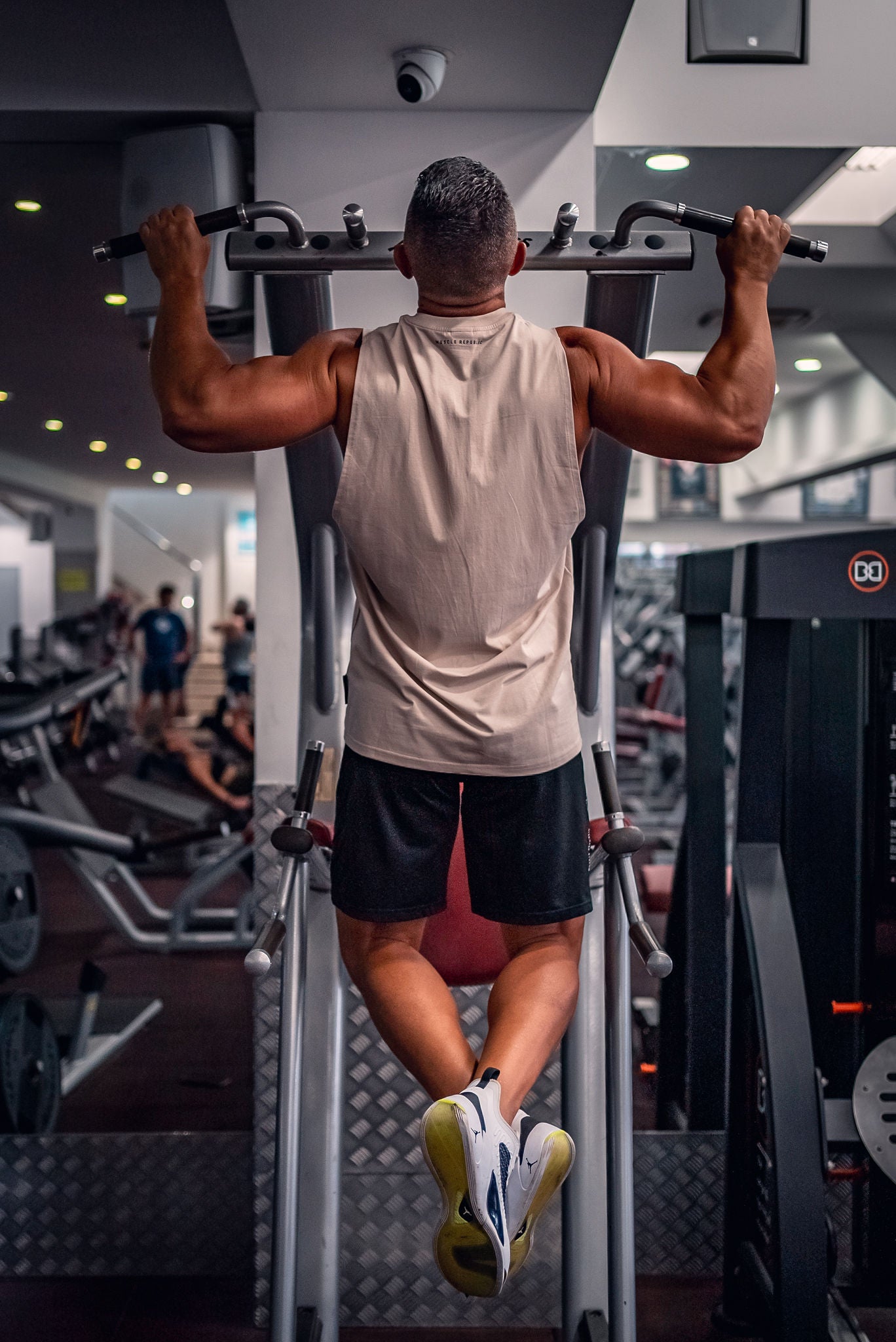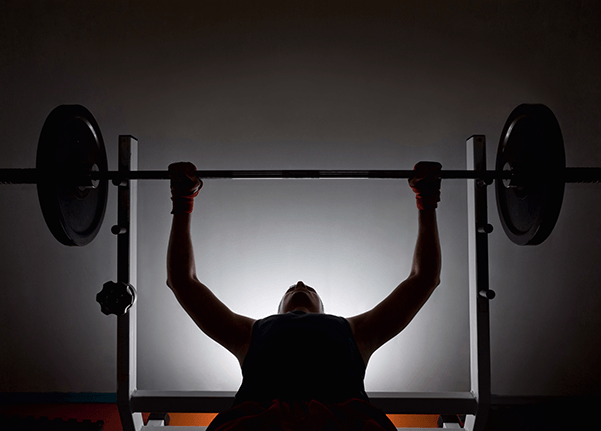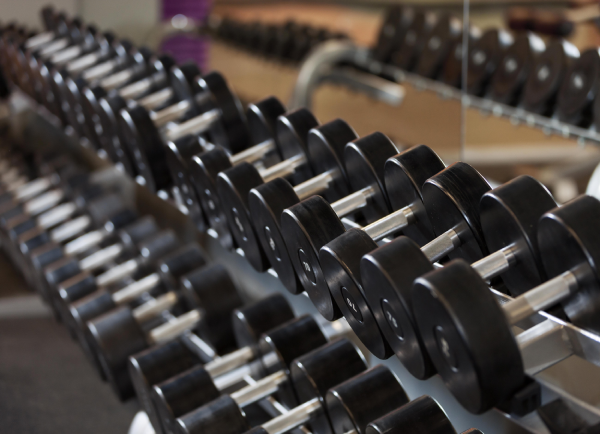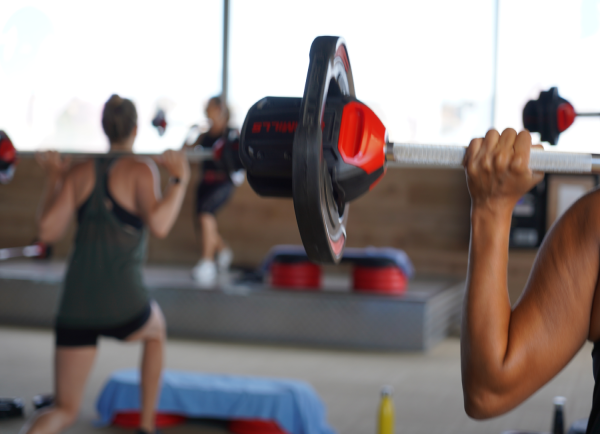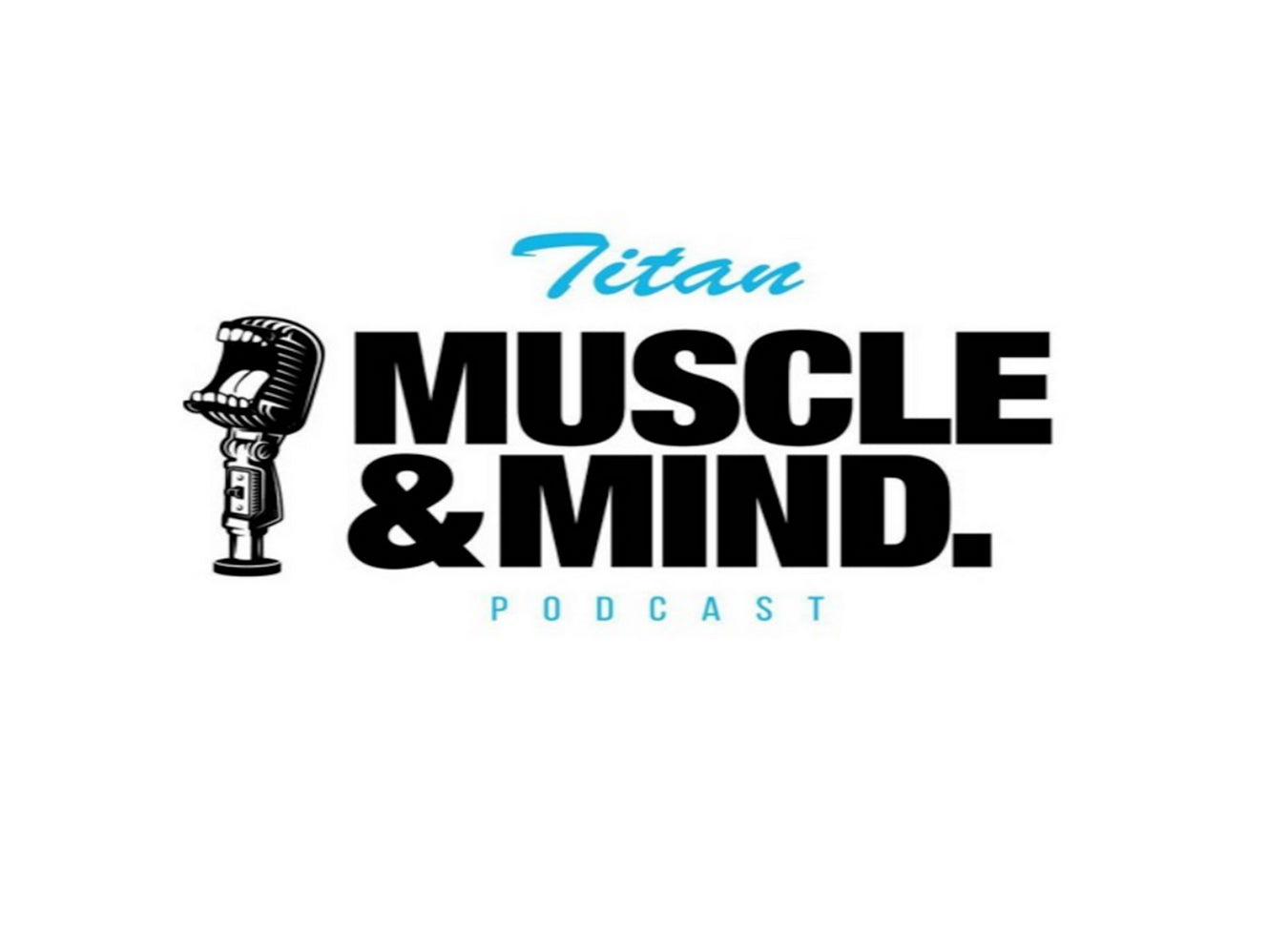
3 myths about exercise during pregnancy dispelled!
So you’re on your way to having a baby. Congratulations! I’m sure there are so many different questions running through your mind on how to best keep yourself and your baby happy and healthy. For many Mother’s to be, exercise is high on that list.
While pregnancy is not the time to strive for that ripped physique you’ve always dreamed of, keeping active greatly improves the health of both you and your baby. To help answer some common questions about exercise during this time, I have busted the top 3 myths about exercise during pregnancy.
Myth #1: It is unsafe to perform abdominal exercises during pregnancy
Performing abdominal exercises during pregnancy is safe and provides many benefits both during and post-pregnancy. Pregnancy causes weakening of the abdominal muscles. This can lead to poor posture, decreased bladder control and back pain. Performing core strengthening exercises helps to reduce these complications.
There are a number of core movements which should be avoided during pregnancy. These include twisting motions or exercises that require you to move from a lying to a seated position. This can increase your chance of abdominal separation, which can lead to internal bleeding and other complications. Safe abdominal exercises include movements such as tightening the abs, holding and then releasing them as well as sitting on an exercise ball and lifting up one leg at a time.
Myth #2: If I wasn’t active before pregnancy, I shouldn’t exercise until the baby is born
While it is not recommended to become an exercise fanatic during pregnancy, starting with light, low impact exercises is highly beneficial for both you and your baby. Physical activity improves your mood, increases sleep quality and helps combat fatigue.
Low impact activities include walking, swimming, stationary cycling or light weighted exercises. It is important to avoid contact sports or exercise that increases your risk of falling as it can harm the baby. Before engaging in any physical activity, you should consult your GP.
Myth #3: It is not safe to lift weights during pregnancy
When performed correctly, weight training can form a safe part of your exercise regime. Lifting weights can help you maintain your pre-pregnancy strength and mobility. During pregnancy, a hormone called relaxin is released. This hormone makes your joints extra mobile, thereby increasing the chance of hyperextension and subsequent injury. Thus, you should perform slow, controlled movements while lifting weights.
In addition, pregnant women are advised to avoid lifting weights that are extremely heavy and ensure that the breath is not held whilst lifting. This prevents blood pressure from rising abnormally high and causing complications.
After the first trimester, it is advised that pregnant women lift weights while seated. Lying on your back can place pressure on a vein called the vena cava. This can reduce blood flow to your brain and uterus, thereby putting both you and your baby at risk. Likewise, standing can make it difficult to maintain correct posture while lifting, causing resultant back pain.
If you would like any further advice on exercise during pregnancy, please leave your comments below for me to respond to. Likewise, Titan Fitness have a Crèche and ongoing fitness challenges to help make getting back into exercise post pregnancy easier. If you would like more information on our services, please contact us on 9665 4058.
If you enjoyed this article, please subscribe to our emailing list to receive more inspirational and educational content. Also, if you haven’t already, please follow us on Instagram, Facebook and YouTube.
While pregnancy is not the time to strive for that ripped physique you’ve always dreamed of, keeping active greatly improves the health of both you and your baby. To help answer some common questions about exercise during this time, I have busted the top 3 myths about exercise during pregnancy.
Myth #1: It is unsafe to perform abdominal exercises during pregnancy
Performing abdominal exercises during pregnancy is safe and provides many benefits both during and post-pregnancy. Pregnancy causes weakening of the abdominal muscles. This can lead to poor posture, decreased bladder control and back pain. Performing core strengthening exercises helps to reduce these complications.
There are a number of core movements which should be avoided during pregnancy. These include twisting motions or exercises that require you to move from a lying to a seated position. This can increase your chance of abdominal separation, which can lead to internal bleeding and other complications. Safe abdominal exercises include movements such as tightening the abs, holding and then releasing them as well as sitting on an exercise ball and lifting up one leg at a time.
Myth #2: If I wasn’t active before pregnancy, I shouldn’t exercise until the baby is born
While it is not recommended to become an exercise fanatic during pregnancy, starting with light, low impact exercises is highly beneficial for both you and your baby. Physical activity improves your mood, increases sleep quality and helps combat fatigue.
Low impact activities include walking, swimming, stationary cycling or light weighted exercises. It is important to avoid contact sports or exercise that increases your risk of falling as it can harm the baby. Before engaging in any physical activity, you should consult your GP.
Myth #3: It is not safe to lift weights during pregnancy
When performed correctly, weight training can form a safe part of your exercise regime. Lifting weights can help you maintain your pre-pregnancy strength and mobility. During pregnancy, a hormone called relaxin is released. This hormone makes your joints extra mobile, thereby increasing the chance of hyperextension and subsequent injury. Thus, you should perform slow, controlled movements while lifting weights.
In addition, pregnant women are advised to avoid lifting weights that are extremely heavy and ensure that the breath is not held whilst lifting. This prevents blood pressure from rising abnormally high and causing complications.
After the first trimester, it is advised that pregnant women lift weights while seated. Lying on your back can place pressure on a vein called the vena cava. This can reduce blood flow to your brain and uterus, thereby putting both you and your baby at risk. Likewise, standing can make it difficult to maintain correct posture while lifting, causing resultant back pain.
If you would like any further advice on exercise during pregnancy, please leave your comments below for me to respond to. Likewise, Titan Fitness have a Crèche and ongoing fitness challenges to help make getting back into exercise post pregnancy easier. If you would like more information on our services, please contact us on 9665 4058.
If you enjoyed this article, please subscribe to our emailing list to receive more inspirational and educational content. Also, if you haven’t already, please follow us on Instagram, Facebook and YouTube.
Previous post
The best kept secret for building muscle!
Next post

